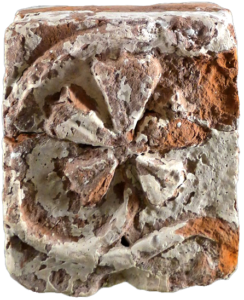

The Uckermark monasteries were founded under the rule of the Margraves of Brandenburg and reached their pinnacle in the second half of the 13th century. In 1269 the nunnery of the Cistercian Order was established via an endowment from the Knight Heinrich von Stegelitz, together with the village of „Marienfliess“ (known today as Boitzenburg). The sovereigns donated the village foundry and 10 hectares of land to the monastery in 1271. Many of the villages of the Uckermark are under the patronage of the monastery, which generates a significant income.
Although the monastery was secularised in 1536 during the course of the Reformation the buildings were preserved. In 1538, the bailiff of the Uckermark, Hans von Arnim, was granted use of the monastery under the provision that the remaining nuns there be granted lifelong residential rights. During the Thirty Years‘ War (1618 -1648) most of the buildings were then destroyed by Danish troops. The stones from the ruins were subsequently used for the reconstruction of Boitzenburg, including the farming village (circa 1700).

A Frieze vom Trauffries, located on the circumference of the outer wall of the monastery.
The ruins remained in the possession of the von Arnim family until 1945, and from the beginning of the 1990s until 2009, extensive structural safeguards were carried out by the Boitzenburger Land municipality.
The environs of the ruins are now home to a fairground and exhibition area, and are often used as a backdrop for films and theatre productions. In 1989, the kiln used in creating the bricks for the monastery was discovered during excavation work near the mill.
Structurally, the Boitzenburg monastery is similar in design to the still maintained Chorin monastery near Eberswalde.

I. Nave
II. Convent
III. Cloister
IV. Servants quarters
Copyright © 2021 | Architekturspaziergang.de | Impressum und Datenschutz
